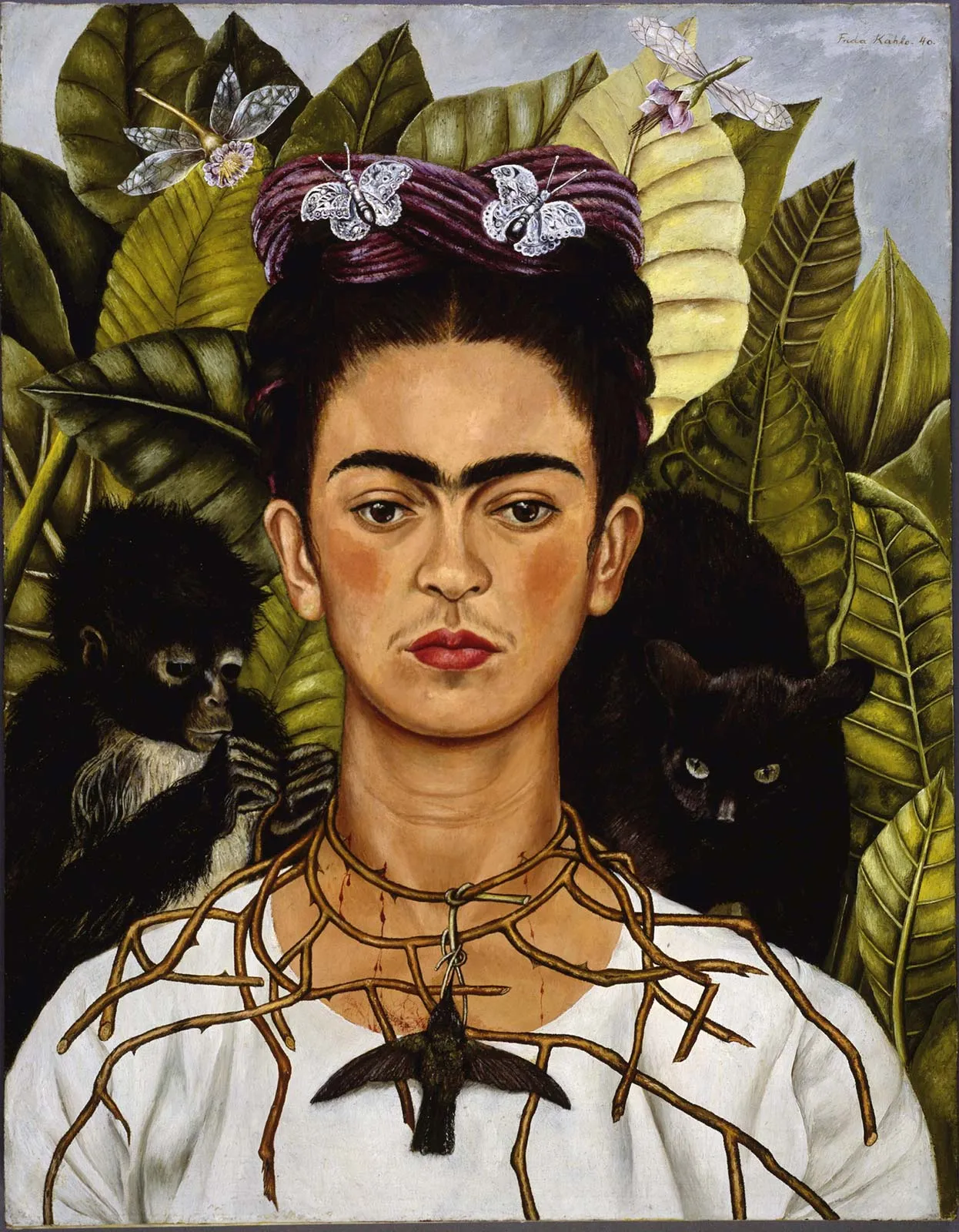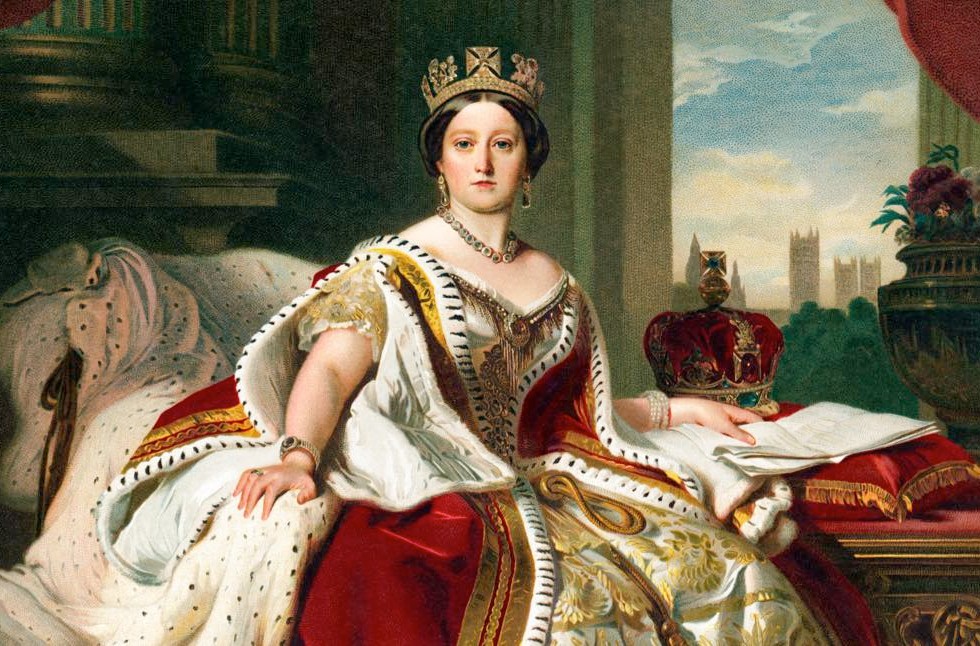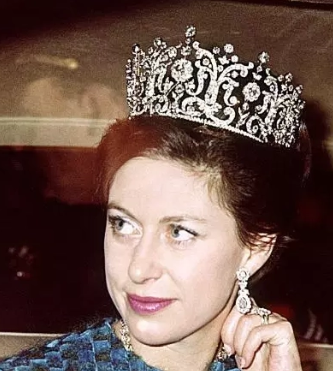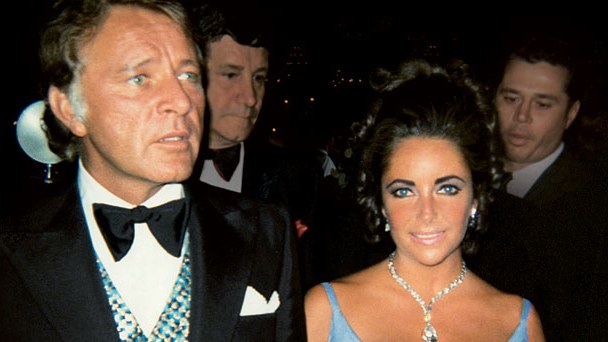
"Benjamin Franklin," by Charles Willson Peale, 1785. Franklin was alive when Peale painted this portrait; he would live another 5 years, dying in 1790 at the age of 84. Franklin wrote a mock epitaph for himself in doggerel verse. (Lisa's History Room)
At the age of 28, Benjamin Franklin wrote this mock epitaph. (1) Over the years, he wrote different versions and passed them out to friends.
The Body of
B. Franklin, Printer;
Like the Cover of an old Book,
Its Contents torn out,
And stript of its Lettering and Gilding,
Lies here, Food for Worms.
But the Work shall not be wholly lost:
For it will, as he believ’d, appear once more,
In a new & more perfect Edition,
Corrected and amended
By the Author.
It is interesting to note that Franklin (1706-1790) – Founding Father of the United States of America, foreign diplomat, statesman, author, soldier, scientist, author, inventor, printer – a true Renaissance man, a polymath – chose to refer to himself simply as a “printer” and liken his dead body to an old book:
“The Body of B. Franklin, Printer; Like the Cover of an old Book, Its Contents torn out, And stript of its Lettering and Gilding, Lies here, Food for Worms.”
Benjamin Franklin loved books. He was very smart. Soon after he learned how to talk, he taught himself how to read. It soon became his favorite pasttime. (2) But there were no lending libraries in his hometown of Boston. There were ten bookstores there, but books were expensive and hard to come by, as most of them came from Europe. And there were really no children’s stories. Benjamin’s father – a soap and candle maker – did not have many books at home, only serious religious diatribes and the Bible. No matter; Benjamin read them anyway.

Engraving based on "The Young Franklin" by E. Wood Perry, showing Benjamin Franklin working a press in his brother's shop in Boston where he worked from 1718-1723.
Because Benjamin was so bookish, his father apprenticed him to a printer – Benjamin’s brother, James. At age 12, Benjamin reluctantly signed a contract to work for nine years, in exchange for room, board, and a little salary. Although he hated working for James, printing turned out to be Benjamin’s true calling. In the print shop, he came into contact with citizens who had private libraries in their homes. He made friends with these men and borrowed their books. He formed friendships with other “bookish lads.”
He also read books that were freshly printed in his brother’s shop. At the end of a workday, Benjamin often would take the new books home with him and stay up all night reading. The next day, he handed them over to customers, fresh and clean, none the worse for wear.
Benjamin read a book on vegetarianism and decided to become a vegetarian. In this way, he learned to eat cheaply –
“no more than a biscuit or a slice of bread, a handful of raisins, or a tart from the pastry-cook’s, and a glass of water…” (3)
so he could spend part of his food allowance on books and thus build a book collection of his own. He wrote:
“From a child I was fond of reading, and all the little money that came into my hands was ever laid out in books.” (3)
At age 17, Benjamin was tired of working for his brother James and ran off to Philadelphia, seeking a fresh start in a new city. He found work as a printer and formed a circle of friends who liked to argue and read books. The group was called the Junto. It was through the Junto that, in 1731 in Philadelphia, Franklin founded the first subscription library in America.
(1) Autograph ms: Yale University Library
(2) Adler, David A. B. Franklin, Printer. New York: Holiday House, 2001.



















I enjoyed this post. I’ve come in contact with B.Franklin often this month. My husband is reading Benjamin Franklin: An American Life by Walter Isaacson. And because he is a voracious reader, and I a listener, he reads to me frequently while I do other things. We’ve discussed the group he was a member of for years – whose mission centered around self-improvement. My interest was also peaked as I read of a system Franklin devised for strengthening thirteen virtues in his life. Gretchen Rubin models her happiness project on this system, in The Happiness Project, her recent book.
I enjoy learning about the many people you write about. Keep up the great work!
LikeLike
You’re right; Ben F was totally into self-improvement. I find him greatly amusing.
LikeLike
I totally enjoy this post.
I know for sure that Ben Franklin was always learning more and more new things.
LikeLike
I’m glad you enjoyed this. Keep coming back.
LikeLike
I have a book on ben franklin from 1876 d lothrop company
reallly good condition how much could it be worth.
LikeLike
I guess you could put it for sale on ebay….
LikeLike
Nice post, am glad I found this. I had just read an extract on him but you have painted it clearly. Cheers!
LikeLike